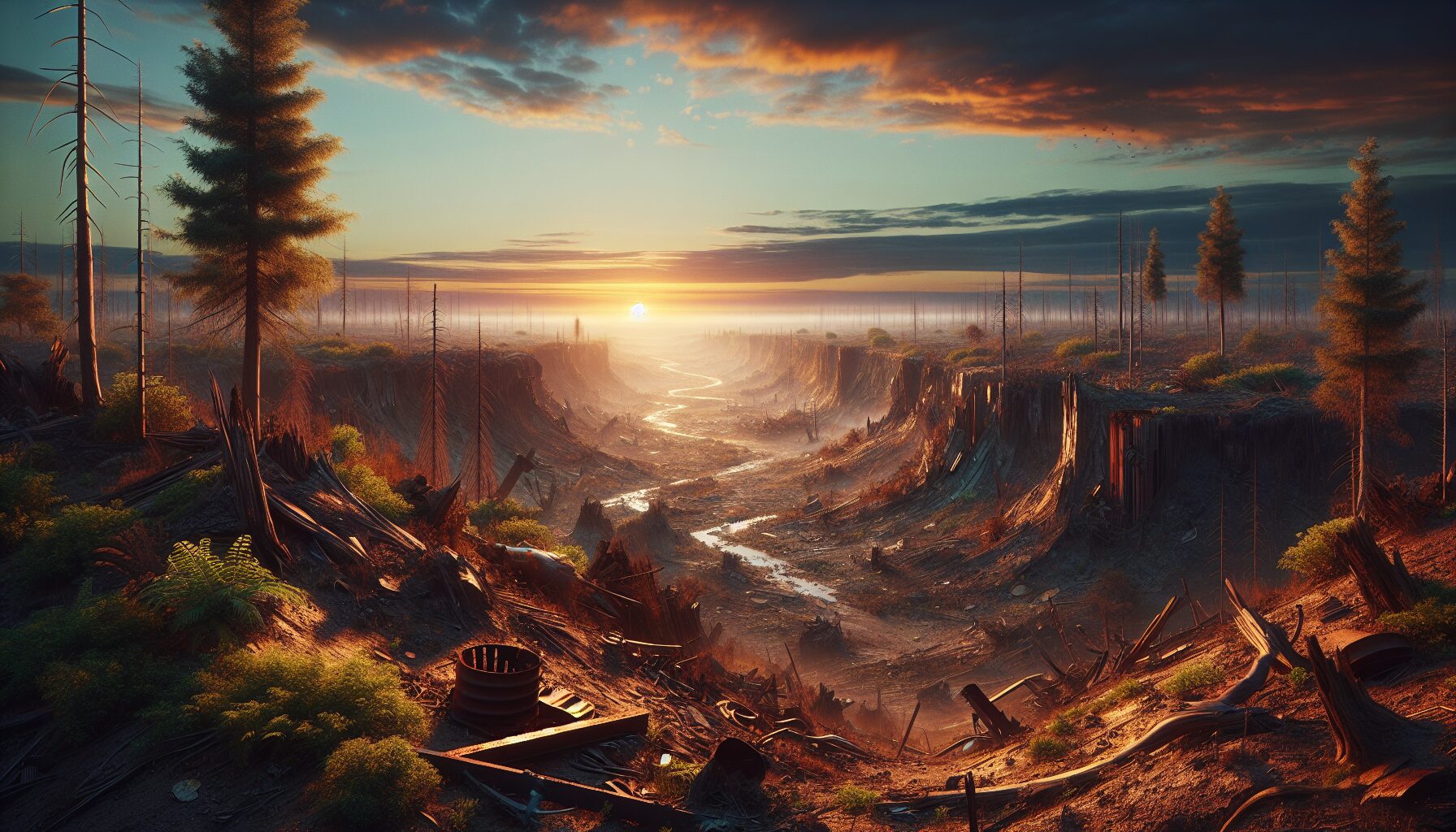Throughout history, solar and lunar eclipses have captivated human imagination, often representing profound transformative events. While the eclipse is a common occurrence in celestial mechanics, its mythological interpretations across cultures usually lean towards awe, fear, and the revelation of mysteries. One such lesser-known narrative is the concept of the “Forgotten Eclipse,” a mythical event that symbolizes endings and new beginnings.
Understanding the “Forgotten Eclipse”
The “Forgotten Eclipse” isn’t documented in the annals of modern astronomy but thrives within the oral traditions of ancient cultures. It is described as an eclipse that heralds an ending so profound that its witnesses are compelled to forget their past grievances and embrace a fresh start. This notion of forgotten endings finds its roots in multiple cultures across the globe:
- The Norse Mythology: The Norse legend of sun-chasing wolves, Sköll and Hati, portrays them as themselves eclipses. Their consumption of the celestial bodies heralds Ragnarök—a series of events that lead to the end of days and the emergence of a new world. This narrative underlines the destructive yet renewing power of eclipses.
- Hindu Astrology: In Hindu traditions, eclipses occur due to the demon Rahu swallowing the sun or moon. Rahu’s temporary triumph and the return of celestial order present a cyclical opportunity for rebirth, allowing humanity to set resolutions anew.
Cultural Symbolism of Eclipses as Endings
The impact of eclipses is not confined to mythical tales; they also serve as metaphors for change and transformation in human lives. A notable example can be found in the records of the ancient written texts, where solar eclipses often marked the end of dynasties or the death of rulers. This aligns with the beliefs of civilizations such as the Chinese and the Maya, who meticulously tracked eclipses, considering them omens. According to Space.com, “eclipses have stirred fear, inspired curiosity, and have been associated with myths, legends, and even religious beliefs throughout history.”
“It is only with the heart that one can see rightly; what is essential is invisible to the eye.” — Antoine de Saint-Exupéry, The Little Prince
Thus, the “Forgotten Eclipse” harmonizes the dual nature of endings and beginnings, shaping our transitions through epochs. As humanity advances, the tales behind eclipses remind us of the cyclical nature of life and the need to move beyond historical burdens to embrace a renewed world.


